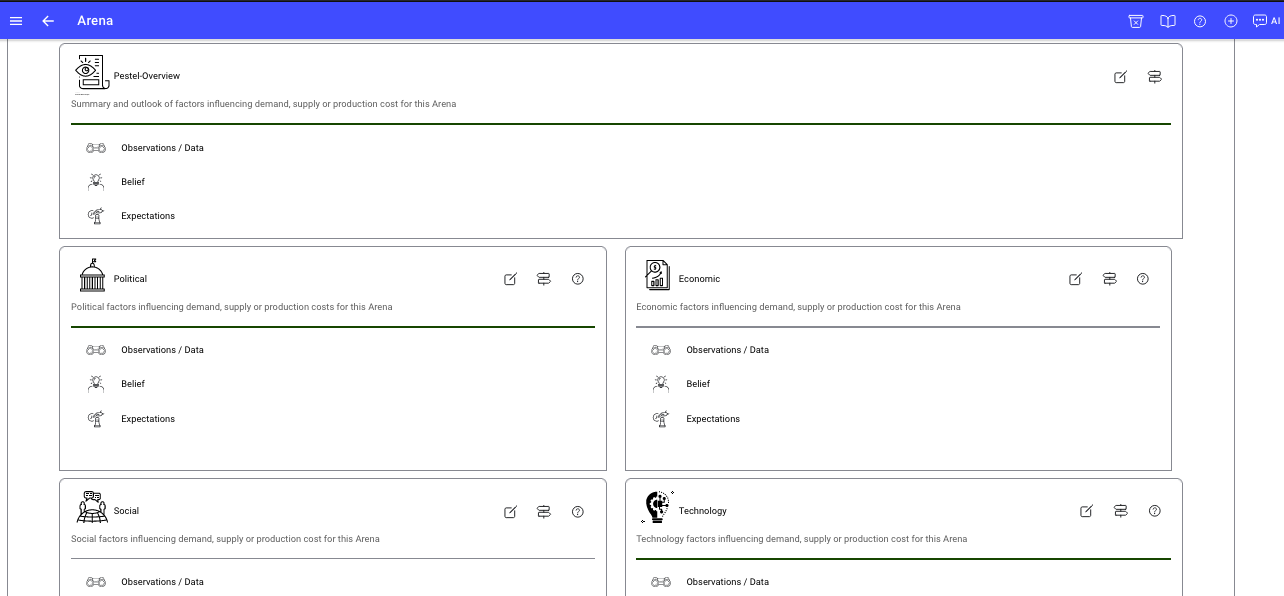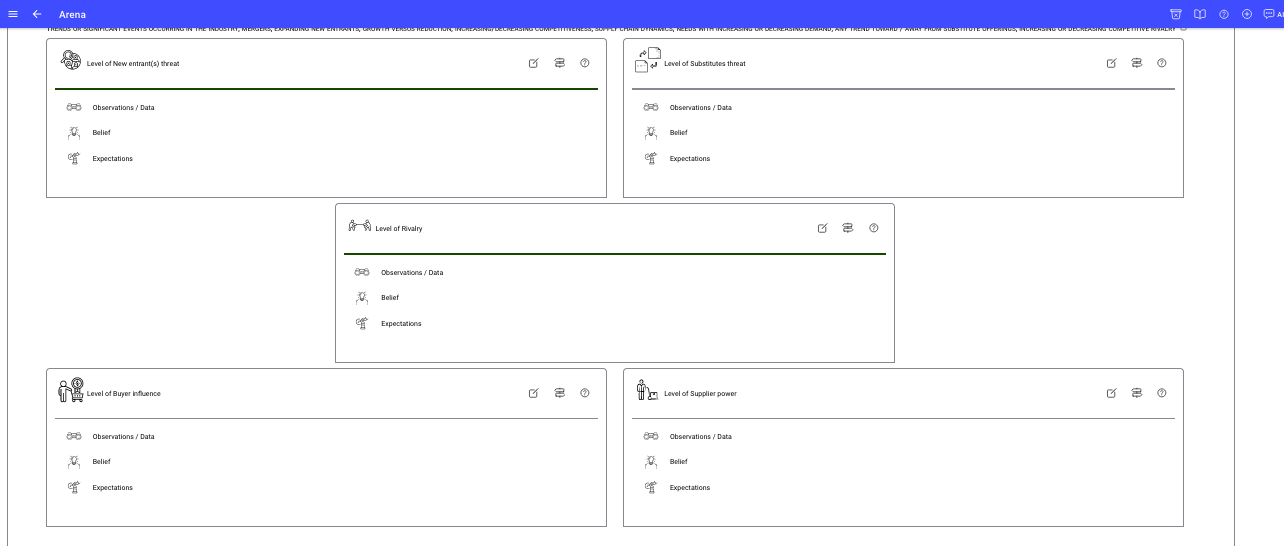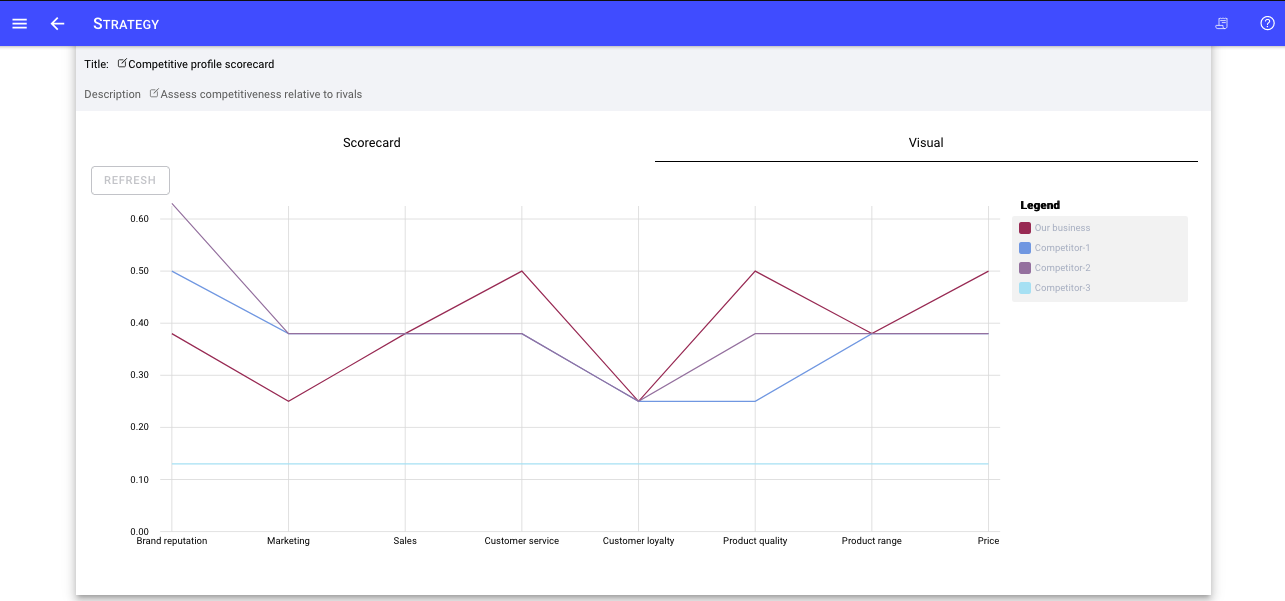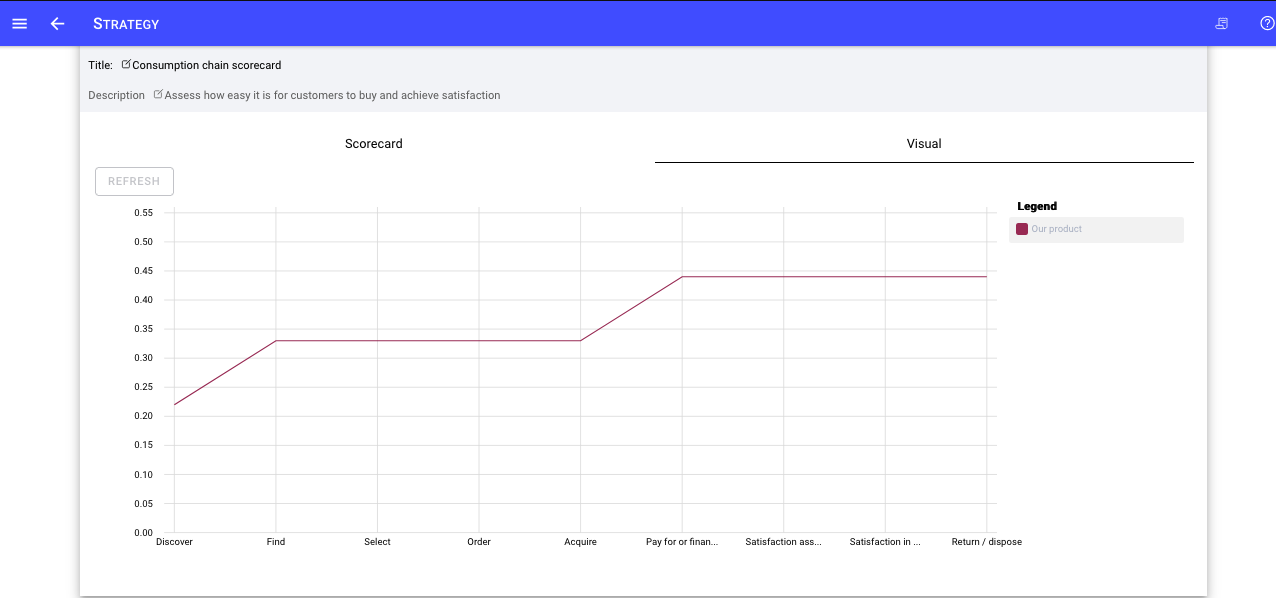Introduction
Imitation is multi-stage process that when it does occur evolves over time. At each stage of the imitation process there are success criteria that must be met in order for an imitation to be successful. Understanding the stages and the stage success criteria will allow you and your leadership team to be clearer on how to erect barriers to imitation. There are five stages that must occur for successful imitation to take place: recognition, incentives, diagnosis, resource acquisition and deployment.

In this section
-
Outline the stages of imitation.
-
Identify the criteria for successful imitation for each stage.
-
Identify tactics you can use to prevent imitation.
The first and most essential stage is recognition. A competitor must recognize that you have something that is worth imitating before imitation becomes a threat. A competitor must see that you have superiority, and that there is something different about the way you do things that facilitates that performance. If they can’t or do not recognize that you have something worthwhile, then you don’t need to invest much time worrying about imitation.
Start-up leaders can avoid or delay recognition by focussing on niche markets of little interest to established industry rivals. Since those markets are so niche, established players will take very little notice, allowing the start-up to build revenue and reputation and remain unrecognized. The Start-up can then expand its influence in increments, until eventually, it does become recognized. However, upon recognition is may have the resources or network effects, customer loyalty or market and innovation insights to withstand or evolve beyond any imitation.
The second stage is incentives. Your competitors must have some clear motivation for wanting to imitate what you have. The competitor may recognize that what you are doing is valuable for you, but if it won’t be valuable for the competitor then there will be no imitation threat.
Disincentives or establishing barriers to incentives includes:
- Threat to punish imitators – this can include patent and copyright protection and legal action if those intellectual property rights are violated.
- Locking in key resources – locking in key resources can be achieved through multiple means e.g. supplier contracts, resource usage rights etc. Starbucks and McDonalds both frequently acquire premium floor space in high foot traffic areas. Once they have that resource, it become inaccessible to competitors.
- Excess capacity – excess capacity can be used to drive down prices and drive a potential imitator out of business or remove their margin. If competitors know they may be subject to the threat of excess capacity, they may not bother to try and imitate and gain your market. Software is of course relatively easy to make subject to excess capacity. As once produced it can be reproduced with minimum cost and hence drive out competitive imitators.
The third stage is diagnosis. Your competitors must be able to diagnose exactly what it is that you have or that you do differently that leads to your superior performance. If they can’t figure out exactly why you are winning, then trying to copy you won’t do much good. They may imitate the wrong thing, or they may waste money on unnecessary aspects of what you do.
Consider the Coca-cola recipe as a trade secret. No competitor has been able to figure out how to replicate the formula. The more elements there are to your unique value proposition the more difficult it will be to diagnose and duplicate.
Consider IKEA as an example, what exactly is the source of their advantage? Is it, the flat packaged furniture? Is it, the large no sales pressure showrooms? Is it, the access to immediate fulfillment? Is the range of furniture? Is the unique Scandinavian design? Is it the low cost? Is it, the cost advantage through global distribution?
Your unique value blend combined with a unique value delivery system can be used to create causal ambiguity and thus make it difficult for imitators to figure out exactly what they need to copy.
The fourth stage is resource acquisition. Even if competitors recognize your advantage, have incentive to imitate and know why you win, they still must somehow acquire resources that will help them imitate your advantage. If competitors cannot acquire an identical resource, a similar resource, or a substitute resource, then their imitation attempts will not get them very far.
Facebook for example in terms of most of the highly used functionality is easily imitated. However, the network effect built by Facebook, makes imitation of Facebook difficult. People who use Facebook are unlikely to move to imitation platforms, as they lose existing connections and all their existing history and memories.
The fifth stage is deployment. Even if a competitor has gone through all four prior stages, imitation may still be blocked if the competitor cannot effectively deploy the necessary combination of resources. In other words, your competitor can have the resources but still be unable to put those resources to use to effectively imitate your advantage.
The barriers to deployment will often be due to existing commitments the competitor has i.e. if they imitate your business, then it compromises existing commitments they have to customers, suppliers or partners. For example, Southwest airlines historically have kept the operations very simple. One type of aircraft, no pre-allocated seating, direct sales (no agents), no frequent flyer program. Imitators have frequently had existing commitments that make complete copying impossible without marginalising existing suppliers, partners or customers.

Just click the Add icon on the Strategic choices canvas to add your candidate barriers to imitation into your strategy.
Once added, you can edit or evolve your barriers.











